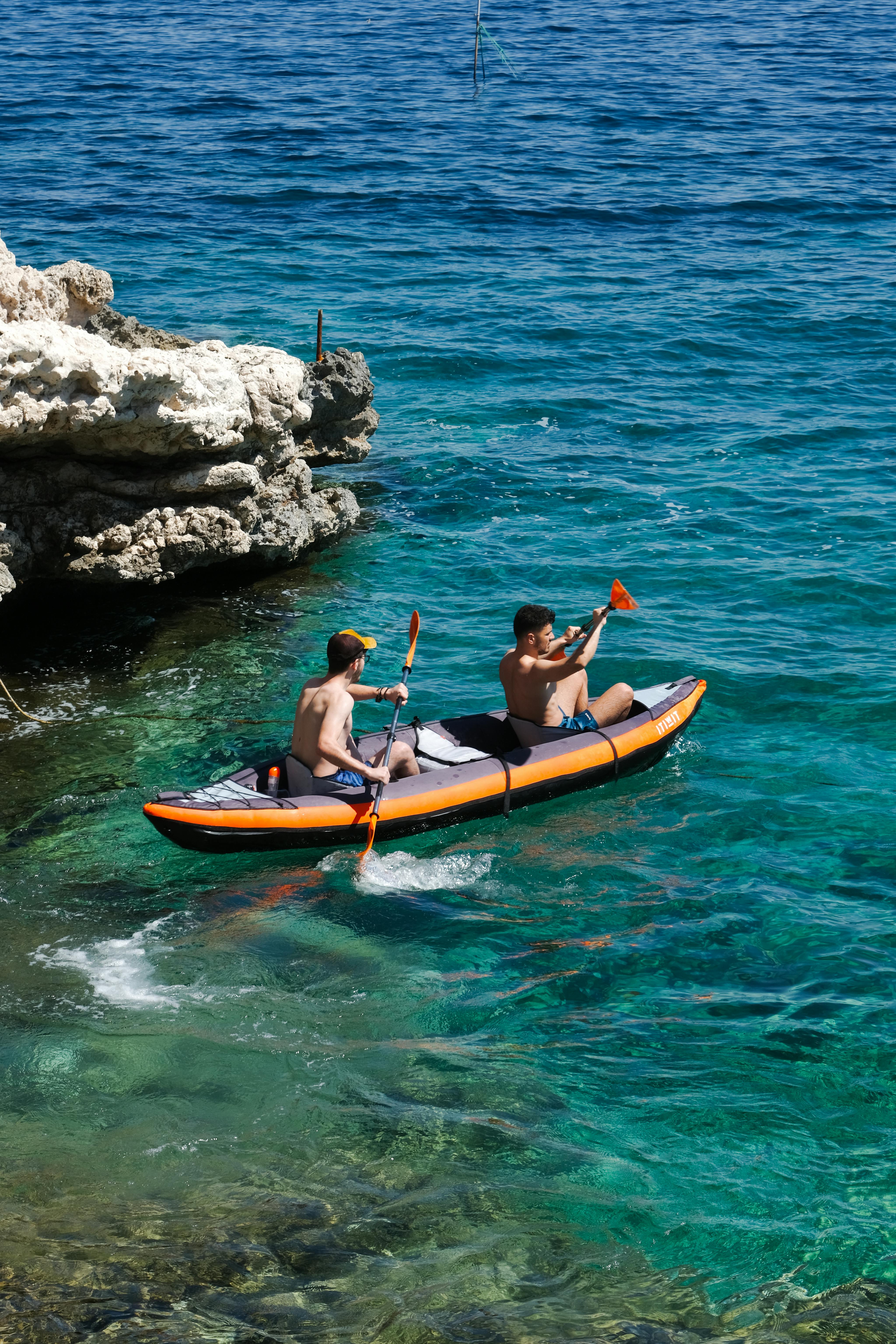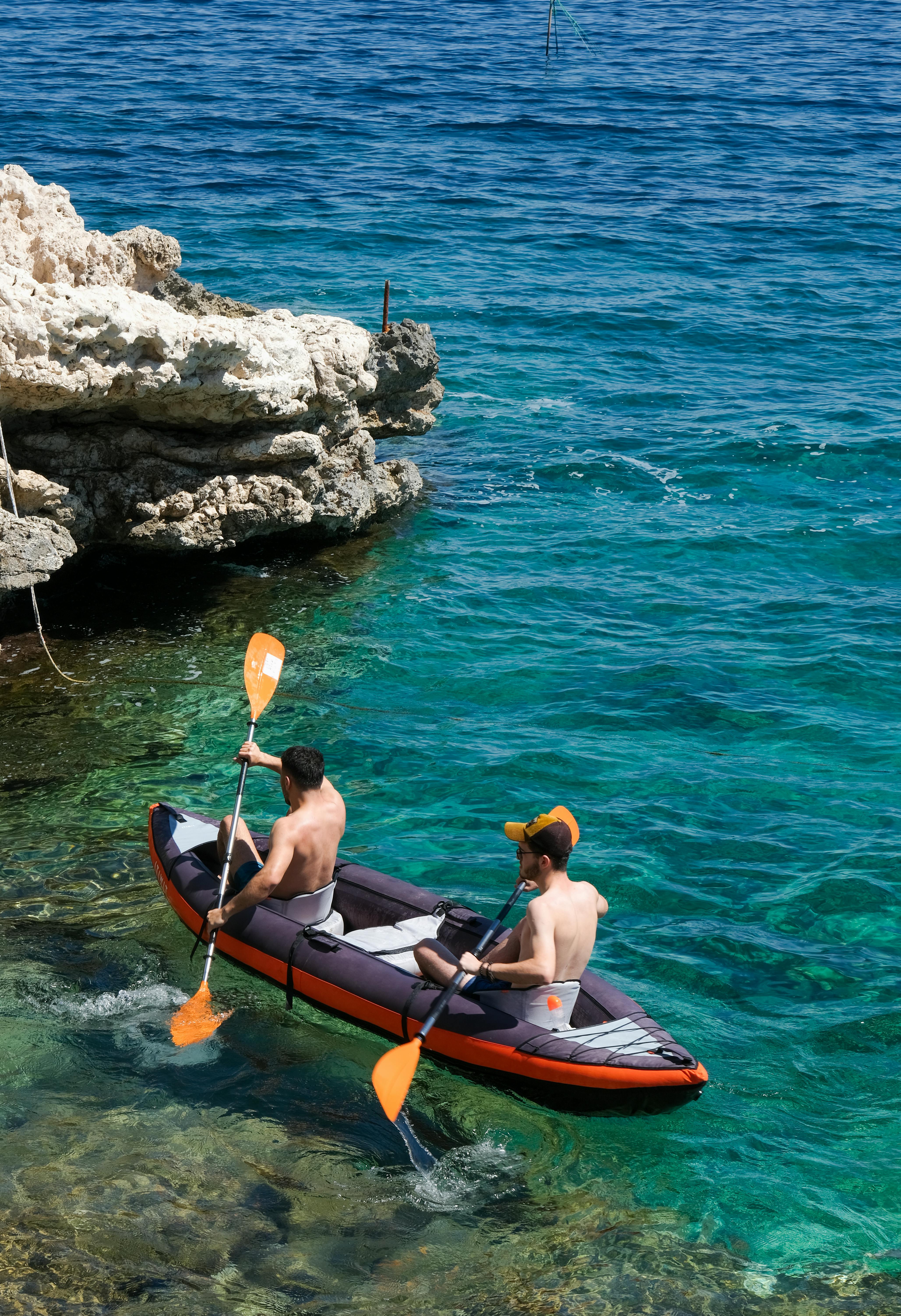Ever wondered what to do in the event of a kayak drowning? It’s a terrifying thought, but knowing the right steps can mean the difference between life and death. Whether you’re paddling through serene lakes or tackling fierce rapids, understanding how to handle a tipped-over kayak is crucial for every kayaker. Let’s dive into the essential tips and tricks to keep you safe and sound on the water.
Key Takeaways:
- Always wear a life jacket – Your first line of defense against drowning.
- Stay calm – Panic can make situations worse; staying composed is key.
- Know emergency procedures – Being prepared can save lives.
- Practice self-rescue techniques – Rehearse capsizing scenarios to build your confidence.
Understanding Kayak Drowning: Risks and Prevention
What exactly is kayak drowning? In essence, it’s the risk of drowning that occurs when a kayaker’s vessel tips over. While kayaks are designed to be relatively stable, various factors such as strong currents, waves, and inexperience can lead to capsizing. The best way to avoid such scenarios is through kayak safety measures and proper preparation.
Source: Pexels.com
| Kayak Hazards | Potential Risks | Prevention Tips |
|---|---|---|
| Strong Currents | Increased risk of capsizing | Check weather forecasts and water conditions |
| High Waves | Difficulty maintaining balance | Avoid kayaking in rough waters |
| Inexperienced Paddling | Lack of control over the kayak | Take a kayaking course |
Essential Safety Gear to Prevent Kayak Drowning
Water safety gear can significantly reduce the chances of a kayak drowning. The most crucial item is a kayak life jacket. Always ensure it’s properly fitted and suited for water activities. Additionally, carrying a whistle, a waterproof flashlight, and a throwable flotation device can be lifesavers.
Source: Pexels.com
“Safety gear is not just an accessory; it’s your lifeline on the water.”
Life Jackets: The Unsung Heroes
Wearing a life jacket is akin to wearing a seatbelt in a car. You hope never to need it, but it’s there to save your life in an emergency. Choose a jacket that fits snugly and doesn’t impede your paddling. Remember, a poorly fitted life jacket is almost as dangerous as not wearing one at all.
Other Essential Safety Gear
- Whistle: To signal for help.
- Waterproof Flashlight: Essential for visibility in low light conditions.
- Throwable Flotation Device: To assist others in distress.
Emergency Procedures: What to Do if Your Kayak Tips Over
Knowing what to do during a kayak drowning scenario can save your life. The first rule is to stay calm. Panic often leads to rash decisions and wasted energy. Instead, take a deep breath and assess your situation.
“In moments of crisis, your calm is your compass.”
Steps to Follow
- Stay with Your Kayak: It’s easier to spot a kayak than a lone swimmer.
- Try to Re-enter: If possible, flip your kayak back and climb in.
- Signal for Help: Use your whistle or flashlight to attract attention.
Self-Rescue Techniques
Practicing self-rescue techniques can be a game-changer. The “Eskimo Roll” is a popular method where kayakers use their paddle to right themselves without exiting the kayak. If you’re unable to perform this, learning the “Paddle Float Rescue” can help you re-enter your kayak with the aid of a float attached to your paddle.
| Technique | Description | Difficulty Level |
|---|---|---|
| Eskimo Roll | Righting the kayak without exiting | Advanced |
| Paddle Float Rescue | Using a float to re-enter the kayak | Intermediate |
| T-Rescue | Assisted rescue technique | Beginner |
Kayaking Tips for Beginners to Avoid Kayak Drowning
Are you new to kayaking? No worries! Here are some kayaking tips to help you avoid the pitfalls that could lead to a kayak drowning incident.
Choose the Right Kayak
Not all kayaks are created equal. Some are designed for calm lakes, while others can handle rough seas. Ensure you’re using the right kayak for your skill level and the water conditions.
Practice Makes Perfect
Before heading out to open waters, practice in a controlled environment. Get comfortable with paddling, turning, and stabilizing your kayak. The more you practice, the more confident you’ll become.
Buddy System
Always kayak with a buddy. Not only is it more fun, but you’ll also have someone to assist you in case of an emergency. If you’re going solo, let someone know your plans and expected return time.
Watch the Weather
Weather can change rapidly, turning a pleasant day into a dangerous one. Always check the weather forecast before heading out and be prepared to turn back if conditions worsen.
Effective Kayak Drowning Prevention Strategies
Prevention is always better than cure. Implementing kayak accident prevention strategies can keep you safe and enhance your kayaking experience. Here are some best practices to follow.
Regular Equipment Checks
Before each trip, inspect your kayak and gear. Look for any signs of wear and tear, especially on your paddle, life jacket, and kayak hull. Fixing minor issues before they become major problems can prevent accidents.
Stay Informed
Knowledge is power. Stay updated on the latest kayaking best practices, safety guidelines, and local water conditions. Joining a kayaking club or online community can provide valuable insights and tips.
Respect Wildlife
While it may be tempting to get up close to wildlife, maintaining a safe distance is crucial. Sudden movements or disturbances can lead to unpredictable situations, potentially putting you at risk.
Know Your Limits
While pushing your boundaries can be exhilarating, it’s essential to know your limits. Overestimating your abilities or underestimating the water conditions can lead to dangerous situations. Always err on the side of caution.
For a visual guide on handling dangerous kayaking situations, check out this video:
By following these guidelines, you can enjoy kayaking while minimizing the risks. Remember, safety should always be your top priority.
Frequently Asked Questions (FAQs)
Q: What should I do if my kayak tips over?
A: Stay calm and stay with your kayak. Try to re-enter it if possible, and signal for help using a whistle or flashlight.
Q: How can I prevent a kayak drowning incident?
A: Always wear a life jacket, check weather conditions, practice self-rescue techniques, and stay informed about kayaking best practices.
Q: What safety gear should I carry while kayaking?
A: Essential safety gear includes a life jacket, whistle, waterproof flashlight, and a throwable flotation device.
Q: Is it safe to kayak alone?
A: It’s always safer to kayak with a buddy. If you must go alone, inform someone of your plans and expected return time.
Q: How can I improve my kayaking skills?
A: Practice regularly in a controlled environment, take a kayaking course, and stay updated on the latest safety guidelines and techniques.



